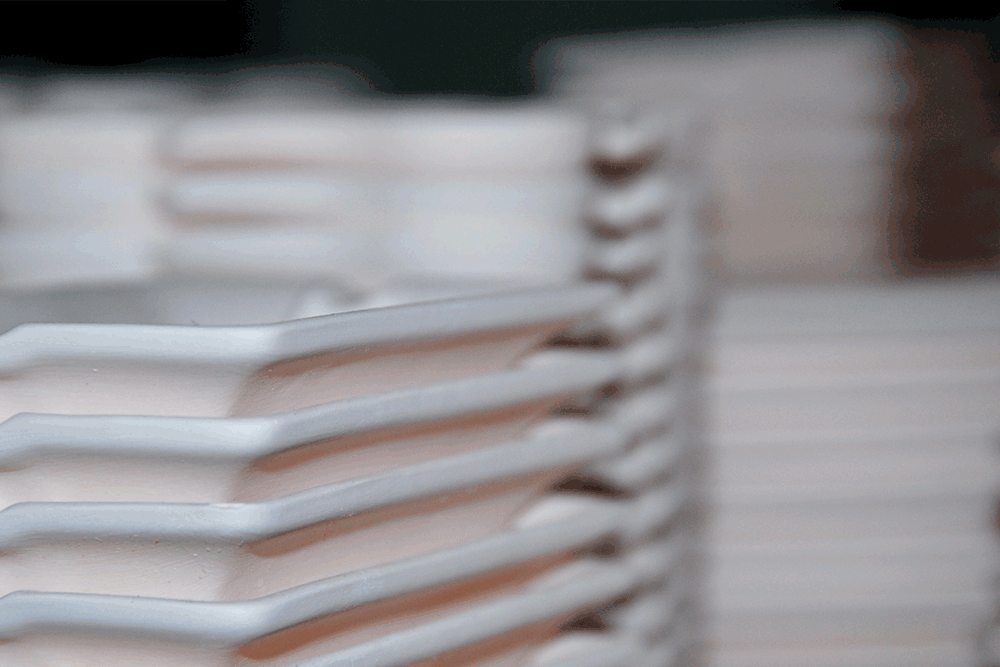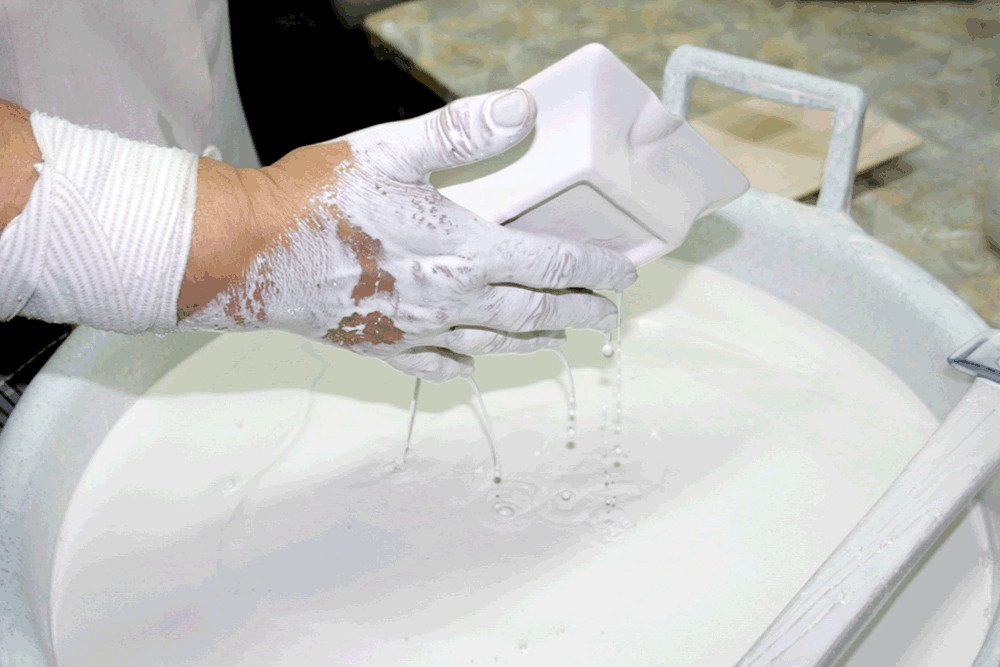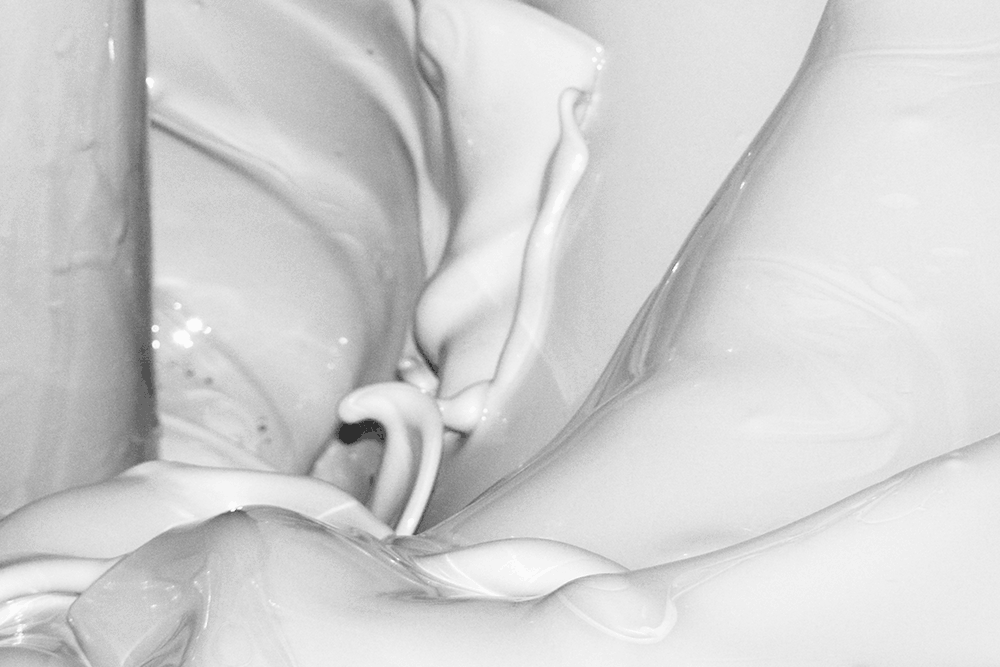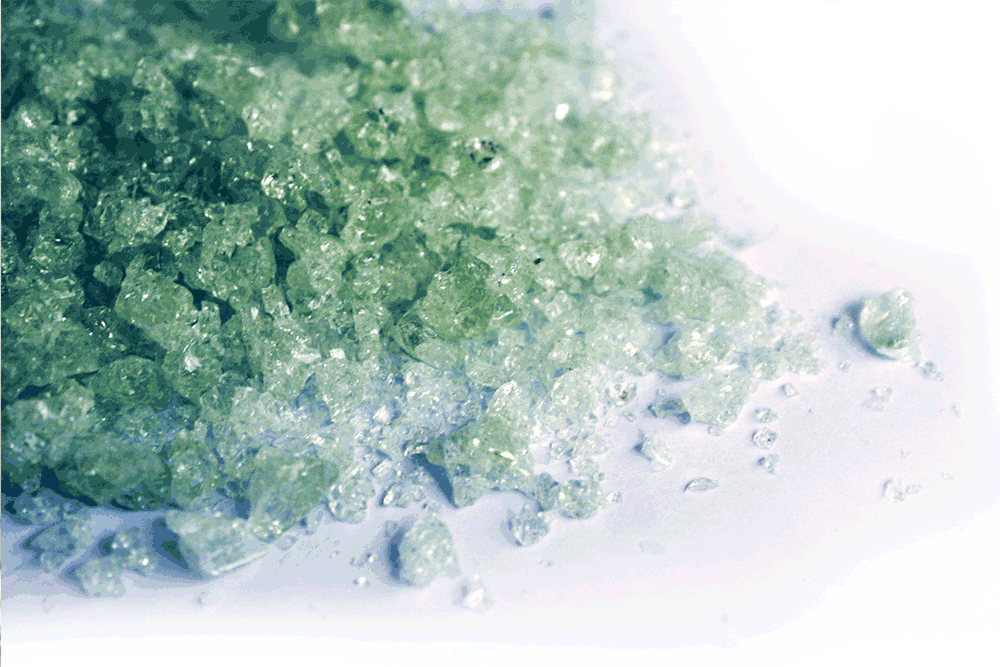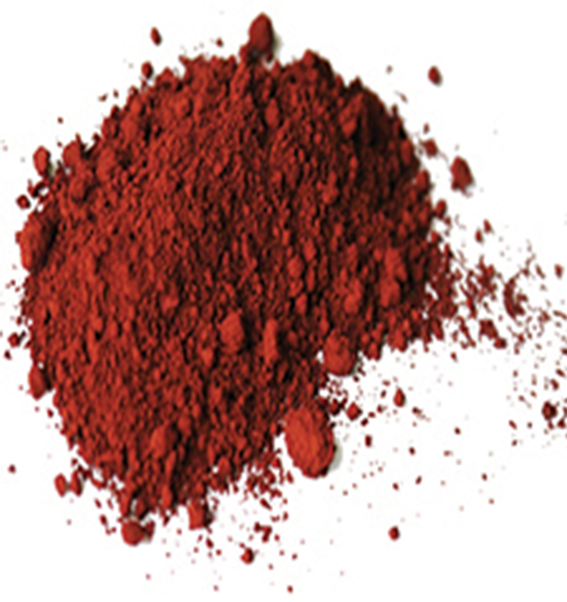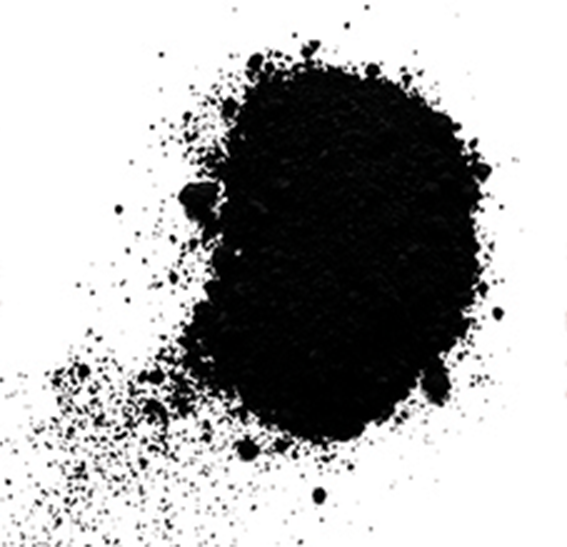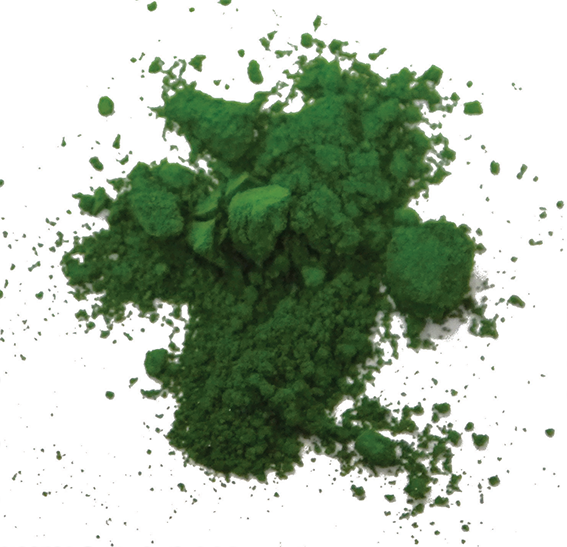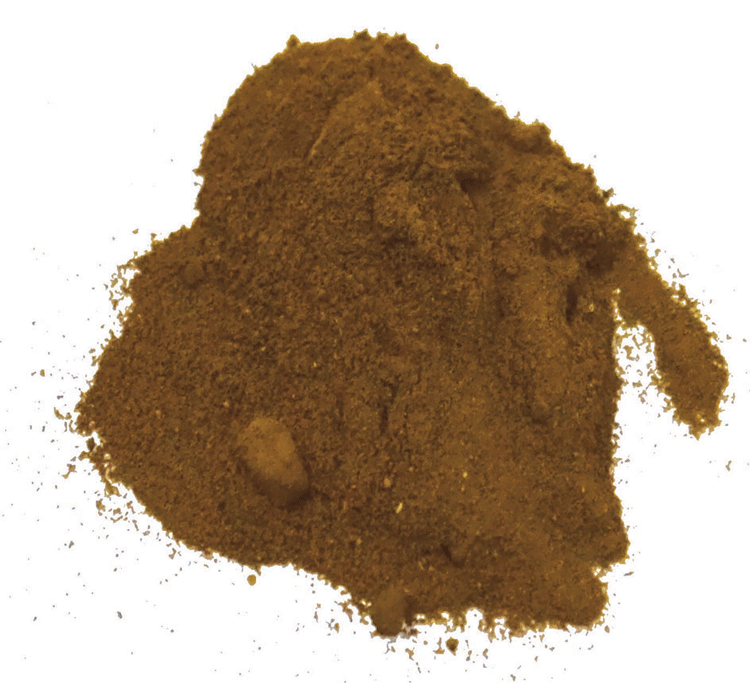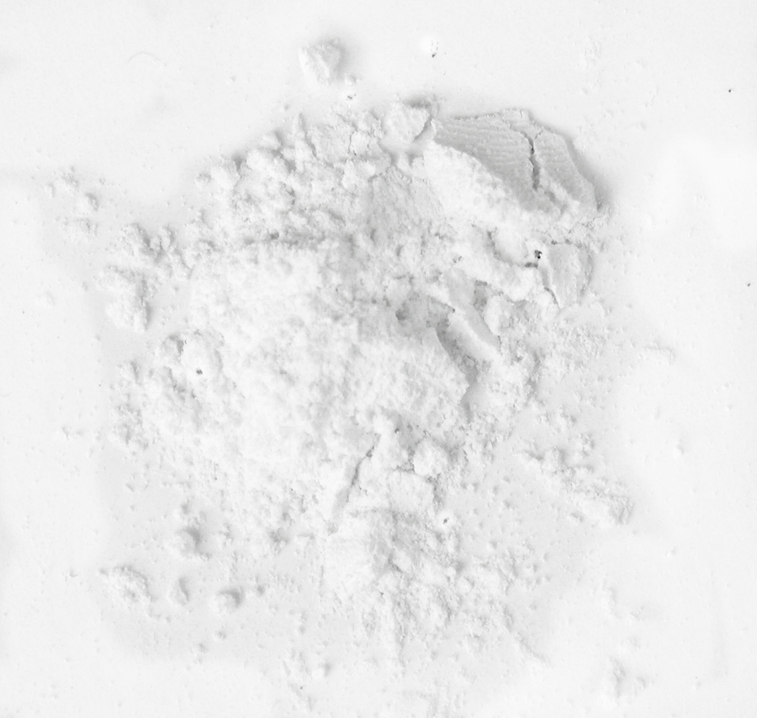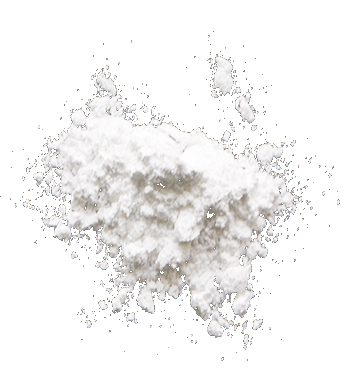CERAMIC OXIDES
A wide range of major oxides, used in ceramics industry. They have different properties and can be used to decrease or increase the characteristics of the glazes: melting behaviour, hardness, durability, thermal expansion, colour glazes gloss, crystallisation
CoO Cobalt Oxide
It gives a bright blue to purple colour. Less than 1% is required to give a strong blue.
The colour can be modified using iron, manganese to make grey-blues.
Magnesium glazes containing dolomite or talc will turn cobalt lavender blue.
Cobalt acts as a flux.
CuO Copper Oxide
It gives a green and oxide red colour.
In alkaline glazes with low alumina, a bright turquoise may be obtained (1-2%).
If oversaturated it turns matt, metallic black.
Fe2O3 Red Iron Oxide
It gives a ochre to red colour.
In small amounts (o.5-2%) gives yellow-brown colours.
In larger quantities (6-12%) it provides a black and kaki glazes.
Iron acts as a flux.
Fe3O4 Black Iron Oxide
It gives brown, grey or black hues.
In small amounts (0.5-2%) gives brown colours.
In larger quantities (6-12%) it provides a black and kaki glazes.
Iron acts as a flux.
Cr2O3 Chromium Oxide
It gives a reliable green.
It is not very soluble in glazes, except in high alkaline glazes, where it turns bright yellow-green.
In he presence of tin oxide in calcium glazes, chromium urns pink. In glazes containing zinc, its forms brown zinc chromate.
In lead glazes with low alumina, chromium can give red, orange and yellow.
Vr2O5 Vanadium Pentaoxide
It gets combined with tin to make yellow stains and with zirconium to make turquoise stains.
If it is added directly to glazes can produce mottled green and yellow.
MnO2 Manganese Dioxide
It acts a s a flux and produces dark brown colour in glazes.
In alkaline glazes with low alumina, it can produce plum purple, particularly if small amount of cobalt is added.
Mixed with copper oxide it gives metallic bronze.
TiO2 Rutile Titanium Dioxide
Titanium is the strongest white pigment known form many uses.
But in ceramics it is used due to its tendency to crystallise during cooling. It can be used as an additive to enliven (variegate, crystallise) the colour and texture of glazes. In moderate amounts it encourages strong melts, durable surfaces and rich visual textures.
Possible colour -milky cream.
AL2O3 Aluminum Oxide
It is used to stiffen the glaze and prevent it from running off.
It also prevents crystallisation in the glazes, but in high quantities makes the glaze matt.
Increases the temperature of the glaze and its wear resistance.
ZnO Zinc Oxide
It is a powerful flux.
It is usually used in small amounts to encourage melting.
Imroves the colour of glazes containing cobalt.
Large quantities may cause crawling an pinholes in the glazes.
ОКИСИ
Сертификати
Всички продукти са придружени с необходимата документация, сертифицираща тяхното качество, характеристики и предназначение.
Контрол
Непекъснат качествен контрол и химически анализ от суровината до крайния продукт.
Еко
Използваните в производството суровини и добавки са изцяло природни продукти.
